Modern nonprofits know that technology plays a key role in fueling growth. Whether you’re just starting your nonprofit or looking to speed up your organization’s growth, nonprofit tech is an essential “team member.”
However, with the wide variety of nonprofit technology solutions on the market, it can be difficult to narrow down exactly how you can use tech to grow your nonprofit organization.
We’ve pulled together a list of the top five ways to use nonprofit technology to help your organization grow:
- Upgrade or update your CRM with custom configurations.
- Look into engagement apps.
- Use social fundraising for increased reach.
- Simplify event planning with event management software.
- Embed a matching gift tool to double donations.
If you feel overwhelmed as you explore these tech solutions, consider whether nonprofit tech consulting might help your organization with one or more elements along the way. Let’s get started.
Upgrade or update your CRM with custom configurations
The first and perhaps most impactful way to scale up your nonprofit’s operations with technology is by expanding the functionality of your constituent relationship management (CRM) system.
Most organizations today are familiar with this type of software. If you’re not or could use a refresher, check out this guide to CRM basics before diving into this section. In short, your CRM functions as your nonprofit’s most comprehensive donor database, recording interactions between supporters and your organization to inform future decisions and insights.
However, if you’re only using your CRM as a place to store straightforward transaction records, you’re probably missing out. Many CRMs have powerful integration capabilities that allow you to expand the information flowing into the system for better insights going forward. And if your solution doesn’t offer helpful integrations, you may want to consider investing in a new one.
Look for integrations between your CRM and
- Your event planning and management tools
- Your volunteer management systems
- Your content management system (CMS) or website builder
- Your online fundraising software
These integrations increase efficiency and accuracy by removing the need for manual data transfer. That results in up-to-date, comprehensive data, not just cobbled-together guesses and reports that take days to generate. This streamlining goes a long way toward increasing fundraising success in the long run.
At this point, it may be helpful for your organization to bring in outside help in the form of a nonprofit technology consultant. These consultants can help your organization migrate to a new CRM, build out useful integrations, put a strong data strategy into place, and otherwise make the most of your database.
Look into engagement apps
In recent years, over 50 percent of web traffic has occurred on mobile phones, one reason why Google now considers mobile accessibility in determining web page rankings. However, simply having a mobile-optimized online presence isn’t enough to encourage supporters to engage with your organization. To truly stand out from the crowd, take your supporter empowerment a step further with mobile engagement apps.
There are quite a few options for your nonprofit to engage supporters via mobile app, thus meeting them where they already are (i.e., on their phones). The added convenience of mobile phone apps and related tools encourages supporters to interact with your organization more often.
For example, consider nonprofit advocacy apps. These apps connect supporters to your nonprofit’s ongoing advocacy campaigns, centralizing key resources and pointing advocates toward action. Instead of searching the internet for information on your organization’s various campaigns, supporters can simply download your app to stay up to date. This is also useful for peer-to-peer fundraising campaigns.
It doesn’t end with advocacy apps, however. Mobile event, auction, bidding, and volunteer engagement apps can all help your organization interact with supporters in a more direct and effective manner. The convenience and accessibility will increase engagement with your nonprofit in the long run.
Use social fundraising for increased reach
Businesses everywhere have discovered a powerful tool to expand their operations beyond local communities — social media. These tools give marketing campaigns instant worldwide potential, and social sharing provides campaigns with legitimacy. When your friends recommend things, you’re more likely to trust the recommendation!
Nonprofits are making the most of these tactics with social fundraising. These methods allow nonprofits to collect donations from supporters far and wide, as well as collect gifts from those donors’ networks.
Here are some of the most popular social-driven fundraising methods.
Peer-to-peer fundraising
Peer-to-peer fundraising involves creating a peer-to-peer campaign for your nonprofit, often associated with a large-scale event such as a 5K race or year-end gala.
Supporters then create their own peer-to-peer pages in conjunction with your overall campaign. Each supporter shares their page with their friends and family, who then donate to their loved one’s page to support their participation in your campaign. These donations are then routed back to your overall campaign.
Crowdfunding
Your organization can create a crowdfunding page for a specific event, project, or other fundraising push.
Supporters share this page with their friends and family, communicating their interest in your cause and asking others to donate. Supporters and their extended networks make gifts directly to your campaign page, rather than to personal peer-to-peer pages.
To learn more, explore Fundly’s Crowdfunding 101 guide.
Pledge fundraising
Like peer-to-peer fundraising, pledge fundraising is often held in conjunction with an event like a walk-a-thon or read-a-thon.
Your organization creates an overall pledge fundraising campaign, and participant fundraisers link their own pages to it. They share their personal page with friends and family, collecting pledged donations (donations promised for a later date). For example, for a walk-a-thon, participants might collect a $5 donation for each mile they walk during the event.
The power of social fundraising is that you not only increase engagement with people who already support your organization, but you’re also exposed to a wider audience who will give to your cause in support of their loved ones. Ideally, these people will translate into future supporters of your cause.
Your nonprofit is growing, building fundraising capacity by increasing your supporter base. Of course, you’ll need the right tech (a CRM system) in place to capture and store all of the new contact information flowing in through these social fundraising interactions. This will allow you to make the most of these connections later.
Simplify event planning with tech tools
Event planning is a common pain point for nonprofit organizations, despite the high fundraising potential of a well-planned event.
From handling basic event logistics like venue, date, and time to managing ticketing and registration, there are a lot of moving parts to juggle. Plus, you have to do it all as efficiently as possible with the least amount of resources to ensure the event is profitable.
There are quite a few digital tools that can help you plan and run a stellar event more efficiently:
- Event management software. This software can handle event planning tasks such as marketing your event and even tracking ticketing and registration.
- Digital waivers for nonprofit use. If you’re working with volunteers or hosting an event that involves physical activity, digital waivers add convenience to the waiver signing and tracking process.
- Online fundraising software. Offering an online giving option at your next event allows supporters to give conveniently through their mobile browser or via tablets placed around the venue.
Once you’ve optimized your nonprofit’s event planning, you can start planning bigger and more complex events to increase the fundraising potential with each experience. The increased efficiency will give your nonprofit all of the tools it needs to grow going forward.
Incorporating various software solutions into your event planning can be a key part of optimizing your digital strategy overall. Learn how to build out your nonprofit digital strategy through this guide.
Embed a matching gift tool to double donations
Corporate matching gift programs can increase gifts to your organization with little extra effort from your nonprofit and donors alike.
Through these programs, businesses pledge to match the donations their employees gave to approved nonprofit organizations. This means a supporter’s gift to your organization is doubled without you having to solicit another gift.
Despite the opportunity these programs provide, matching gifts often go unclaimed due to a simple lack of awareness. Each company with a matching gift program has different parameters for matching gifts, and often employees are unaware they exist.
The best way to increase matching gifts coming into your organization is to use nonprofit technology specifically made for the process: matching gift tools.
By embedding a matching gift tool directly on your nonprofit website, supporters will be able to search the match eligibility of their gift immediately after making it.
You can take this a step further by proactively pursuing matches internally. Once you’ve identified a donor’s employer, you can search a gift’s eligibility against top matching gift databases. You can then send eligible gift-makers educational material so they have all of the information they need to pursue a match. Automated matching gift tools can make the process even easier.
A strong matching gift strategy is a low-effort and scalable way to grow your nonprofit’s revenue. This increase in revenue will allow your nonprofit to scale up going forward.
Modern nonprofits are well aware that growing an organization in 2020 involves making the most of nonprofit tech.
If you feel overwhelmed navigating the nonprofit technology landscape, don’t fret! The five tips we highlighted above can play into your organization’s growth going forward and are a great place to start when building your nonprofit growth tech strategy.





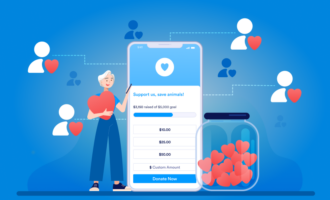

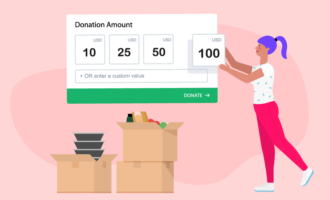




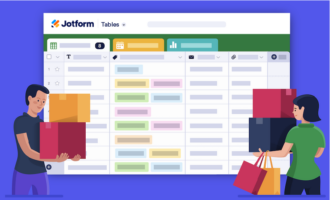



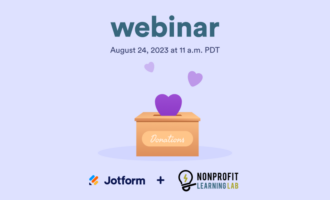







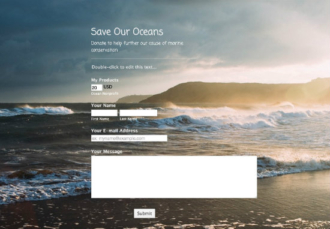
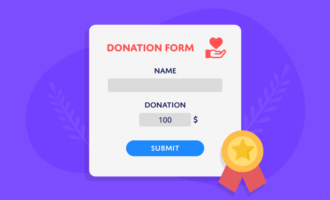

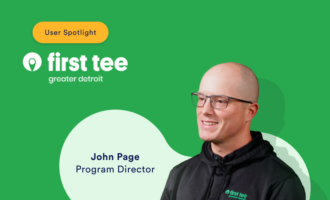

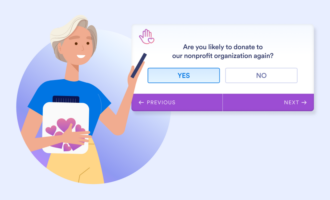
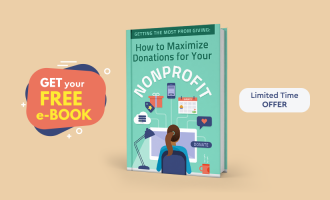
















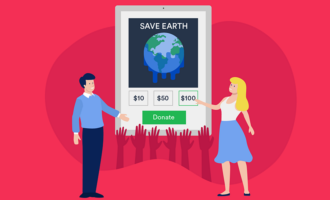
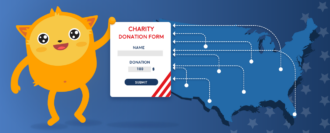

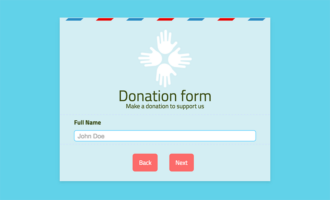


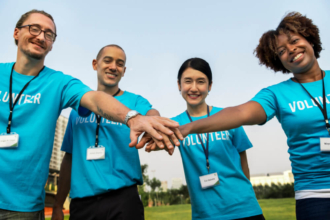



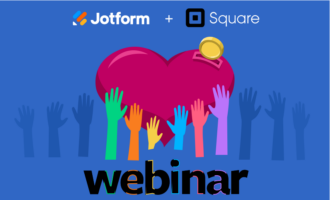




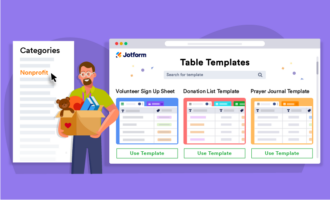

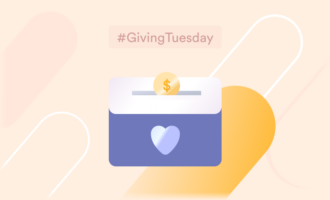





Send Comment: